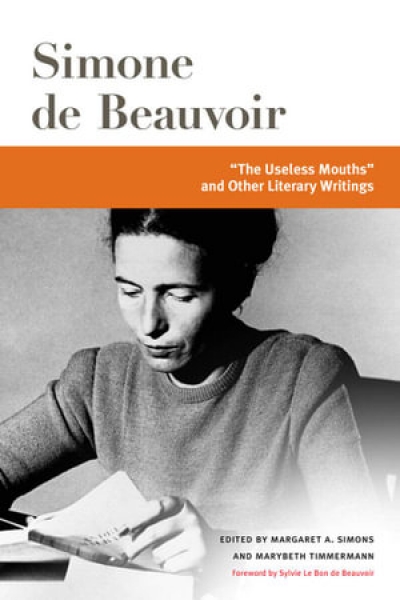Essentially a creative critical biography, The Cinema of Barbara Stanwyck belongs to a greater project of re-examining Hollywood and decentring the phallocentrism of film history. It is the latest book in the series Women’s Media History Now! which focuses on the unexplored work of women in film. Established in 2009, this series became even more timely with the advent of #MeToo and with books such as Helen O’Hara’s call to arms, Women vs Hollywood (2021). The purpose of this new women’s media history is, according to Catherine Russell, to seek out its ‘absent’ or ‘lost’ women protagonists. Barbara Stanwyck (1907–90) may be neither absent nor lost. Indeed, as Russell admits, there is a wealth of material on Stanwyck, including monographs, biographies, and entire archives dedicated to her, and her films are still shown regularly in cinemas, on digital platforms, and on free-to-air television. Nonetheless, Russell argues that Stanwyck has been undervalued as a creative force in the films she helped make memorable. Hence the curious title of the book, which seems more suited to the study of a director than an actress. Russell sets out to show how Stanwyck ‘made’ films by making herself a master of her craft.
...
(read more)





